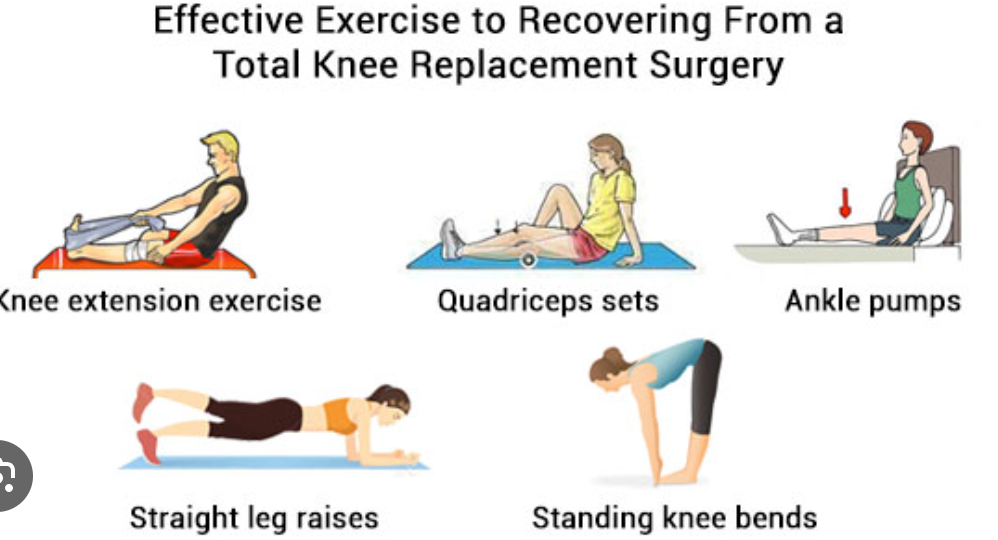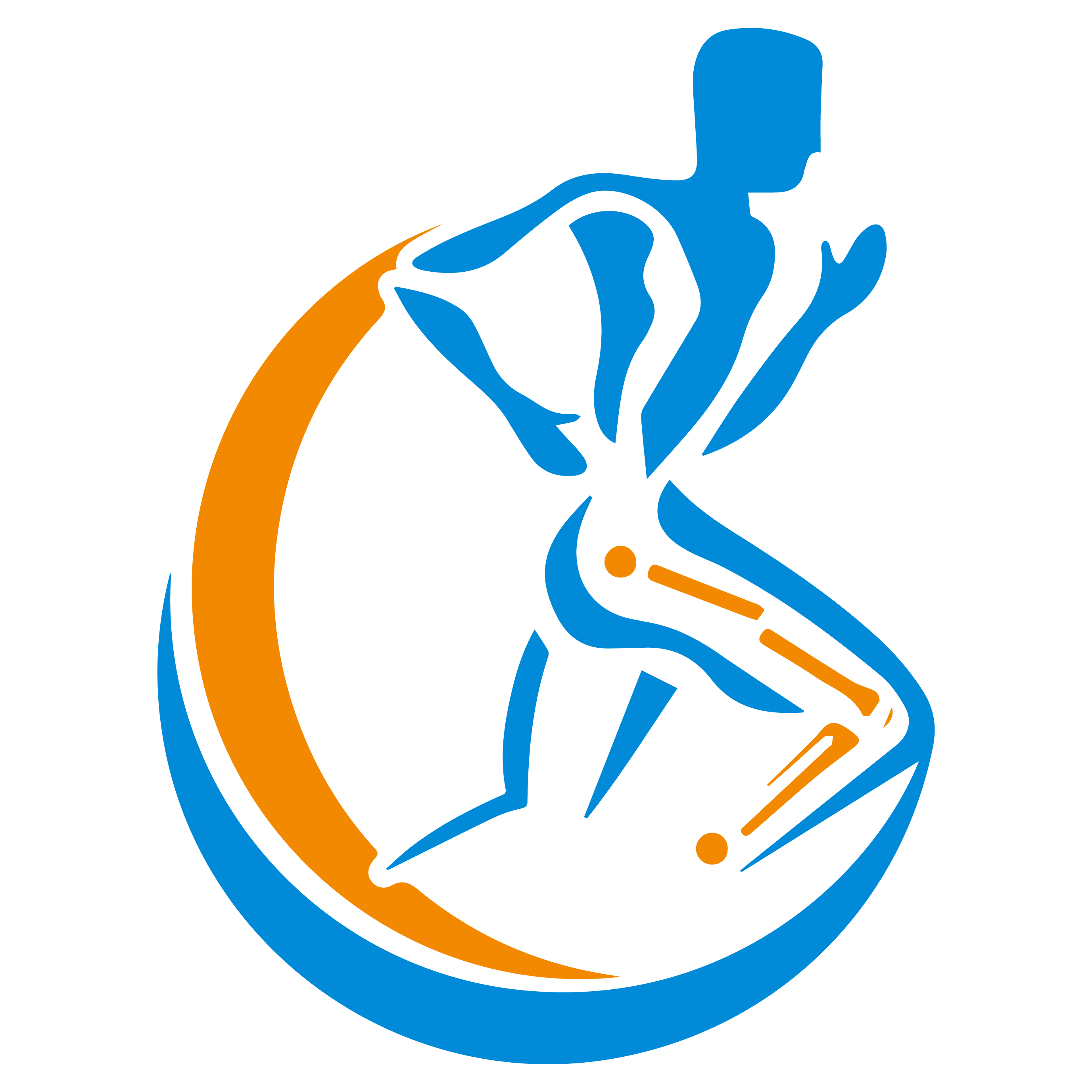+919632569999

This is your website preview.
Currently it only shows your basic business info. Start adding relevant business details such as description, images and products or services to gain your customers attention by using Boost 360 android app / iOS App / web portal.
REHABITATION AFTER TOTAL KNEE REPLACEMENT Rehabil...

REHABITATION AFTER TOTAL KNEE REPLACEMENT Rehabilitation after total knee replacement (TKR) is crucial for recovery and helps patients regain strength, mobility, and function. Here’s an overview of what to expect during the rehabilitation process: 1. Immediate Post-Operative Phase (First Few Days) Physical Therapy Starts Early: Rehabilitation often begins within 24 hours after surgery. Physical therapists will help with gentle exercises to improve circulation and prevent stiffness. Focus on Mobility: You may use a walker or crutches initially to assist with walking and maintaining balance. 2. First Few Weeks (1 to 4 Weeks) -Range of Motion Exercises: Gentle exercises to improve knee flexibility and prevent stiffness. These may include: -Heel slides -Ankle pumps -Quadriceps sets (tightening the thigh muscles) -Strengthening Exercises: Gradual introduction of exercises to strengthen the muscles around the knee, such as: Straight leg raises -Glute squeezes -Pain Management: Continuing to manage pain through medications, ice, and rest as needed. 3. Mid-Recovery Phase (4 to 6 Weeks) Increased Activity: As you gain strength, you’ll begin more advanced exercises to further improve range of motion and strength, including: Knee bends Standing heel raises Gait Training: Focus on walking without assistive devices as strength and balance improve. 4. Long-Term Recovery (6 Weeks to 6 Months) Continued Strengthening: Engaging in more challenging exercises to build strength and endurance, such as: Step-ups Leg presses (with light resistance) Functional Activities: Gradually return to normal daily activities, including walking longer distances, climbing stairs, and possibly resuming low-impact sports (like swimming or cycling). 5. Home Exercise Program Patients are often given a home exercise program to continue rehabilitation. Consistency is key for optimal recovery. 6. Follow-Up Appointments Regular check-ups with your orthopedic surgeon to monitor healing and adjust rehabilitation plans as needed. 7. Patient Education Understanding what to expect during recovery, including potential challenges, is vital. Patients are encouraged to communicate openly with their healthcare providers. 8. Patience and Progress Recovery varies significantly from person to person. It’s important to stay committed to the rehabilitation program, but also to be patient with your progress. Conclusion Rehabilitation after total knee replacement is a critical component of recovery that helps patients regain function and improve their quality of life. Working closely with physical therapists and adhering to a structured rehabilitation plan will maximize the benefits of the surgery.

